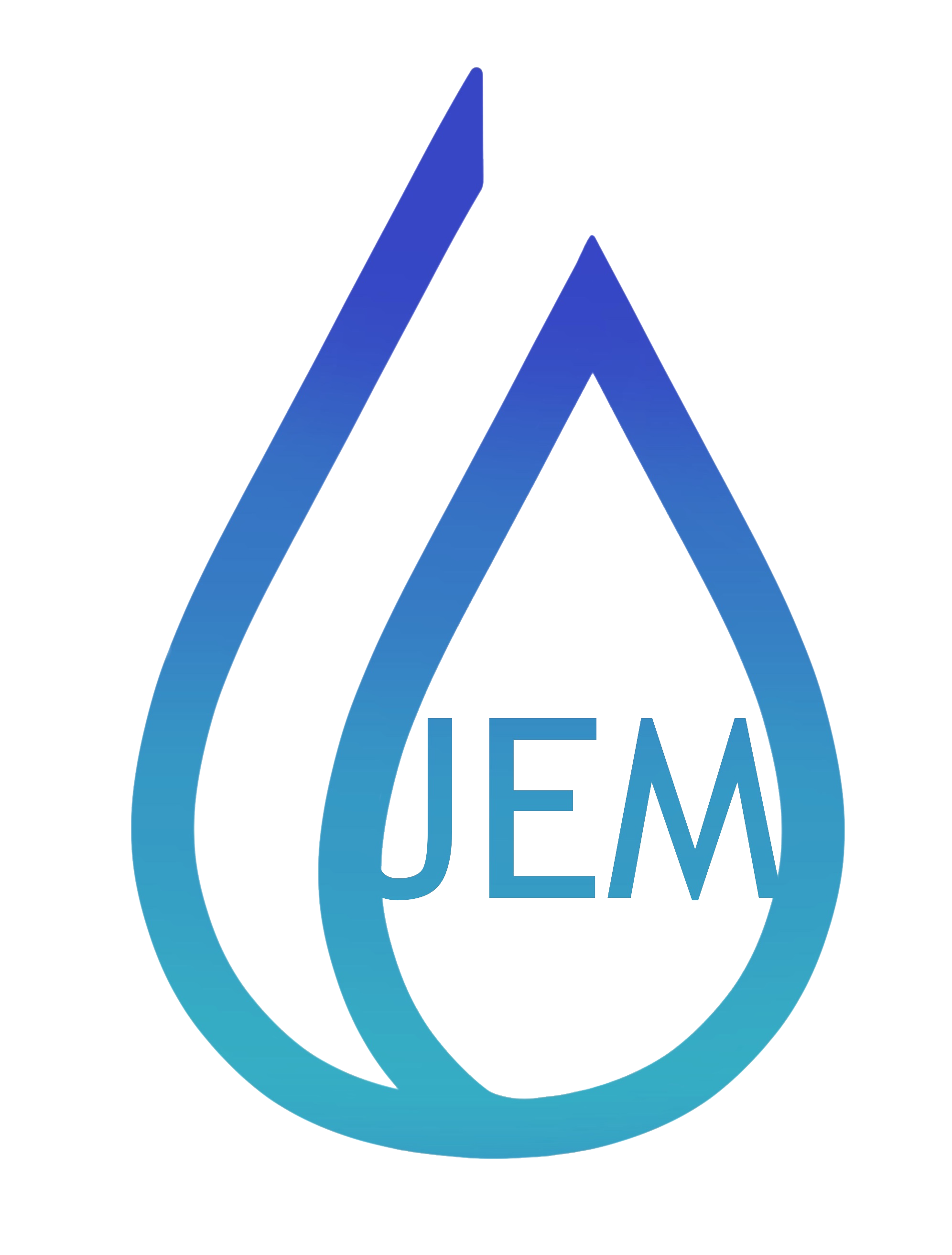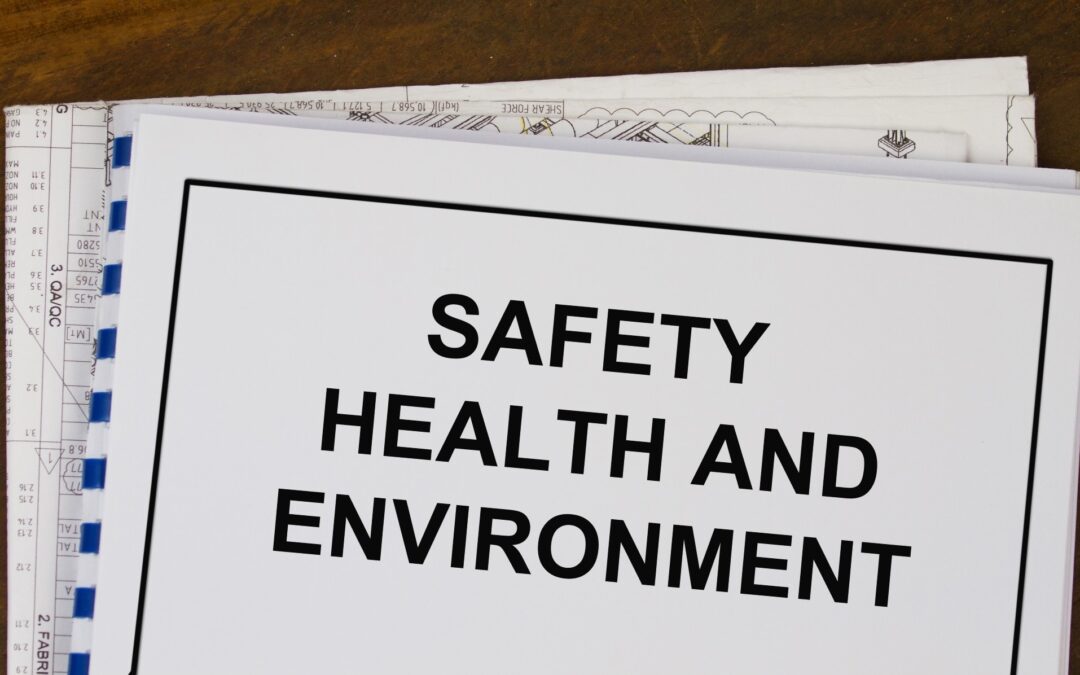Process Safety Management (PSM) is an essential framework for managing and reducing chemical risks to prevent serious incidents. By establishing a strong PSM program, employers can ensure the safety and well-being of their employees, contractors, and the surrounding community.
Discussion Points:
- Process Safety Management Guidelines and Practices,
- Employee Participation and
- Employee Training
Discussion:
The primary goal of Process Safety Management is to recognize the dangers associated with highly hazardous chemicals and prevent serious incidents within facilities, such as fires, explosions, and toxic releases.
Process Safety Management Guidelines and Practices:
- Process Hazard Analysis (PHA) involves identifying and evaluating potential hazards associated with a chemical process. This analysis helps assess risks, develop strategies to mitigate or eliminate hazards, and maintain ongoing safety.
- Incident Investigation examines occurrences within a chemical process to identify root causes and develop strategies to prevent similar incidents.
- Management of Change involves minimizing risks associated with modifications to processes, equipment, procedures or personnel by thoroughly evaluating potential hazards before implementing changes.
- Contractor Management involves selecting and qualifying contractors for maintenance, repairs, and other chemical-processing tasks. Contractors must receive adequate training, supervision, and oversight.
- Compliance Audits ensure adherence to PSM best practices by identifying areas for improvement and confirming compliance with relevant regulations.
Employee Participation in Process Safety Management:
- Participating in safety training and drills,
- Conducting safety audits and
- Serving on safety committees.
Employees must receive training that covers an overview of the process and its operating procedures. This training should emphasize:
- Safety and Health Hazards,
- Hazard Identification,
- Safety Procedures,
- Emergency Operations,
- Response Protocols,
- Shutdowns and
- Safe Work Practices relevant to the employee’s job tasks.
Such training helps employees understand the potential risks associated with their work and equips them with the knowledge and skills needed to prevent incidents. The employer must provide refresher training at least every three years or more frequently if necessary. The employer must also annually certify that the operating procedures are current and accurate.
Employee participation in PSM can significantly enhance job satisfaction and morale. Employees are more likely to feel confident when employers prioritize safety and support PSM initiatives. They are more inclined to report safety concerns, participate in safety audits, and adhere to safety protocols when they see that management is committed to their well-being. Employers can build trust by fostering a strong process safety culture and creating a more resilient workplace.
As always, stay safe out there!


Recent Comments